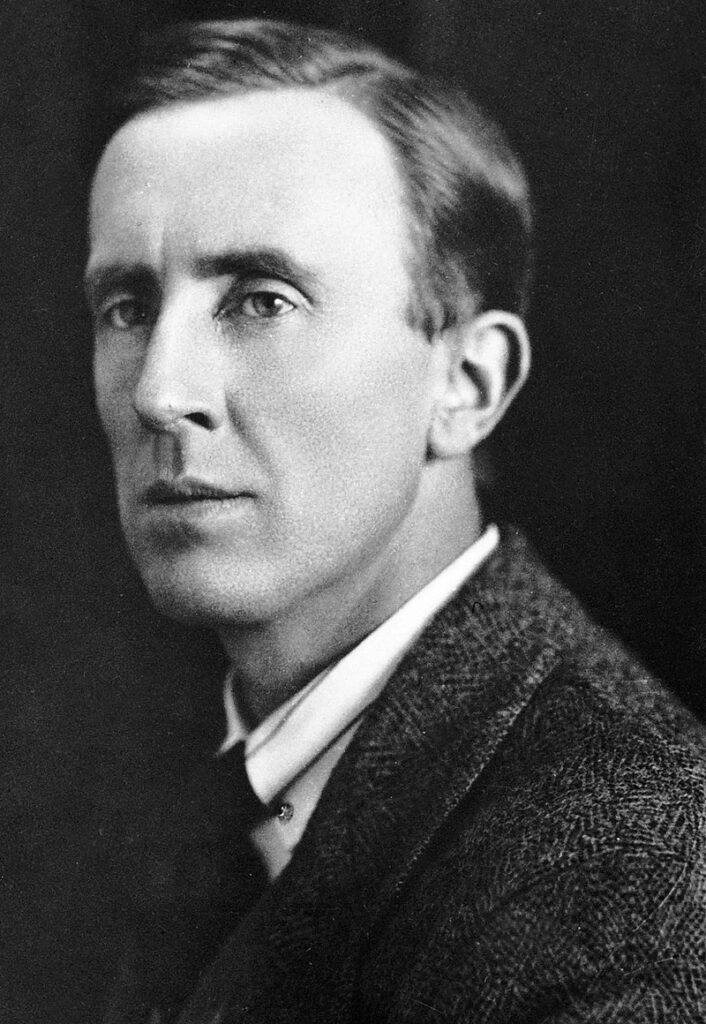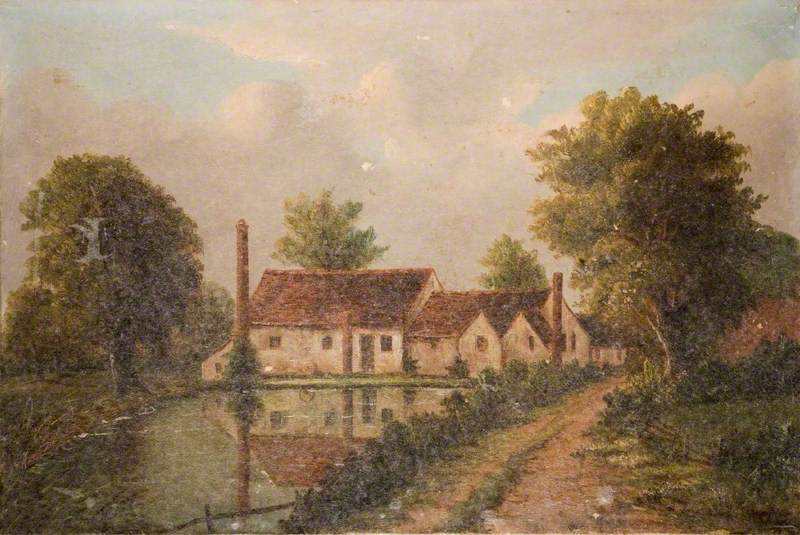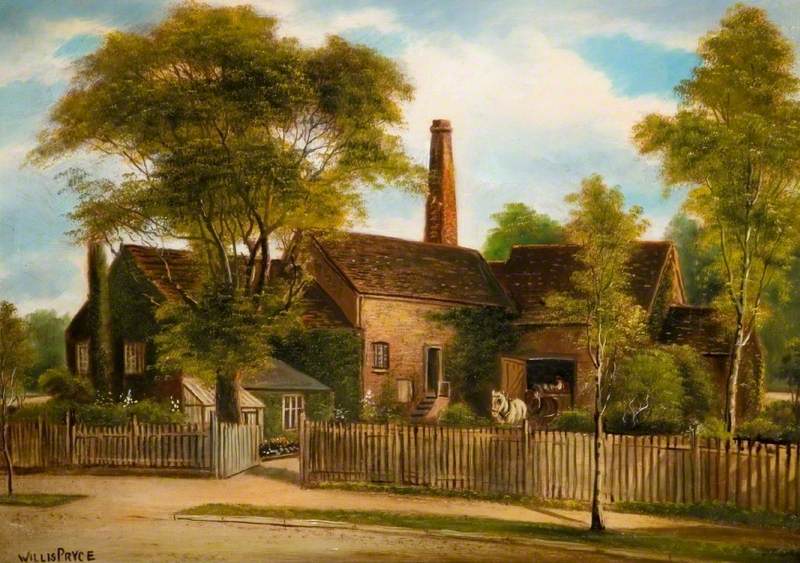| This article was first published on our blog on 10/05/2019 |

| It is a widely known fact that J. R. R. Tolkien took a lot of inspiration for his novels from real places. Interestingly for us, this includes mills: Sarehole Mill in Birmingham, to be precise. Although he was born in South Africa in 1892, Tolkien moved to England at the age of four with his mother and brother, shortly after the death of his father. Around the turn of the century, they were living in a rural farmland area within sight of the mill which stood only three hundred yards from their house. Clearly the view of this mill had a lasting impression on Tolkien and his future work: as we know from interviews with the author, he used the village of Sarehole as the model for the Shire, home of Bilbo and Frodo Baggins. Sarehole Mill became “the great mill”, and its miller, Ted Sandyman, was based on the real-life miller at Sarehole Mill when Tolkien and his younger brother lived there. |

(Valentine’s postcard, Mills Archive Collection, WAT-00684)
| In interviews Tolkien is reported to have described Sarehole as “a kind of lost paradise… There was an old mill that really did grind corn with two millers, a great big pond with swans on it, a sandpit, a wonderful dell with flowers, a few old-fashioned village houses and, further away, a stream with another mill. I always knew it would go – and it did.” His words show his love for the place, and the pain he felt as the rural, idyllic village of his childhood was inevitably overcome by industrialisation. It has been suggested that Tolkien’s dislike for modern developments in industry and the changing of the landscape was widely reflected in The Lord of the Rings. An example is in his description of hobbits in the preface: “A well-ordered and well-farmed countryside was their favourite haunt. They do not and did not understand or like machines more complicated than a forge-bellows, a water mill or a hand loom, although they were skilful with tools.” This opinion is repeated again in later parts of the book, when the hobbits return to the Shire and are dismayed to see the way it has been taken over and modernised. This particular part may even have been semi-autobiographical; in 1933 when Tolkien was halfway through writing The Hobbit, he visited Birmingham with his family and commented on the way it had grown and consumed Sarehole to a mere suburb of the big city. In fact in 1933 much of the area was still farmland, but there were many more houses and gardens than before. Tolkien noted that “the old mill still stands…but the crossing beyond the now fenced-in pool, where bluebell lane ran down into the mill lane, is a now a dangerous crossing alive with motors and red lights.” |

Image from the Birmingham Museums Trust
| Sarehole Mill was built in 1542 on the site of a previous pool. It was once known as Bedell’s or Biddle’s Mill after the name of an early owner. In 1727 it was described as High Wheel Mill in official documents. It was leased by Matthew Boulton who was one of the pioneers of the Industrial Revolution and a leading figure of the Lunar Society for scientific experimentation. It is believed that he converted the machinery for use in metal working, as well as for milling corn and grain and for grinding bones for fertiliser. |

Image from the Birmingham Museums Trust
| The current building dates from 1771 and was in use until 1919. In 1852, a single cylinder steam engine was added to the mill to help support increased production and ensured the production could continue uninterrupted. Following its closure, the site fell into a state of disrepair and a local community campaign to save the mill was launched in 1965, enabling it to be finally restored in 1969. Tolkien was particularly distressed at the condition of the mill from the time he saw it in 1933 onwards, and donated to the restoration appeal. |

(Photo by Frank Gregory, Mills Archive Collection, FWGC-1103475)
| Sarehole Mill is now a Grade II listed watermill, and is run as a museum by the Birmingham Museum’s Trust. You can find out more about it here. |

You can find out more about Sarehole Mill on our online catalogue here.
